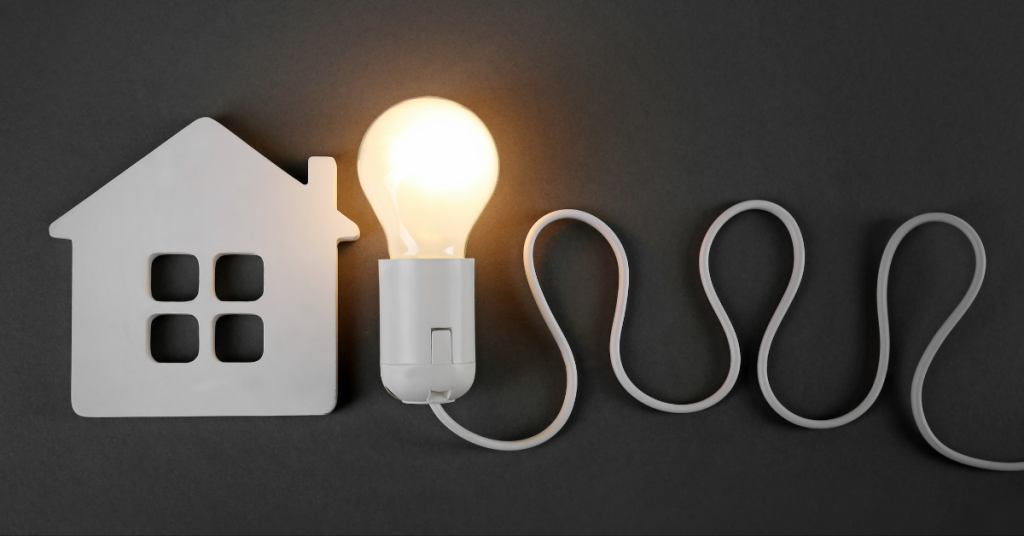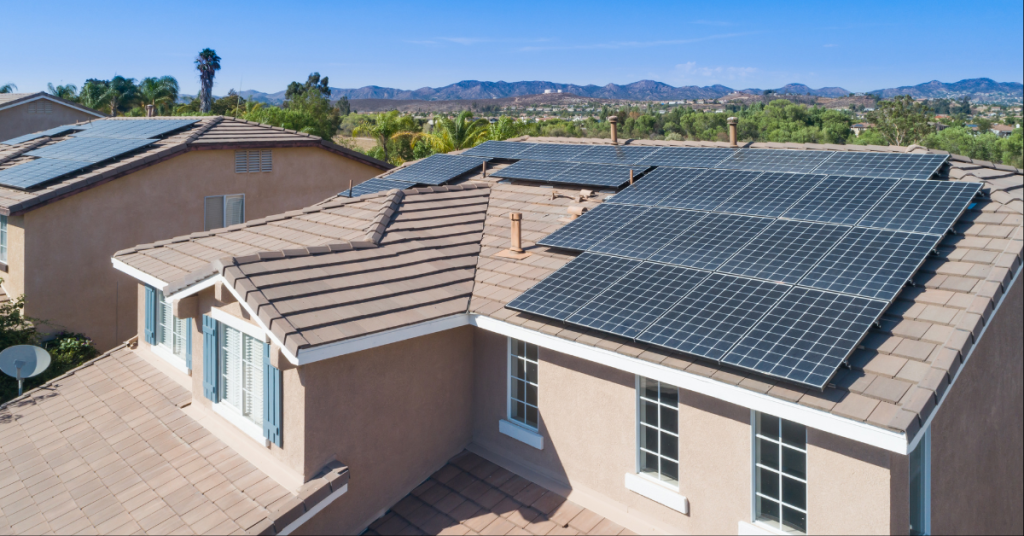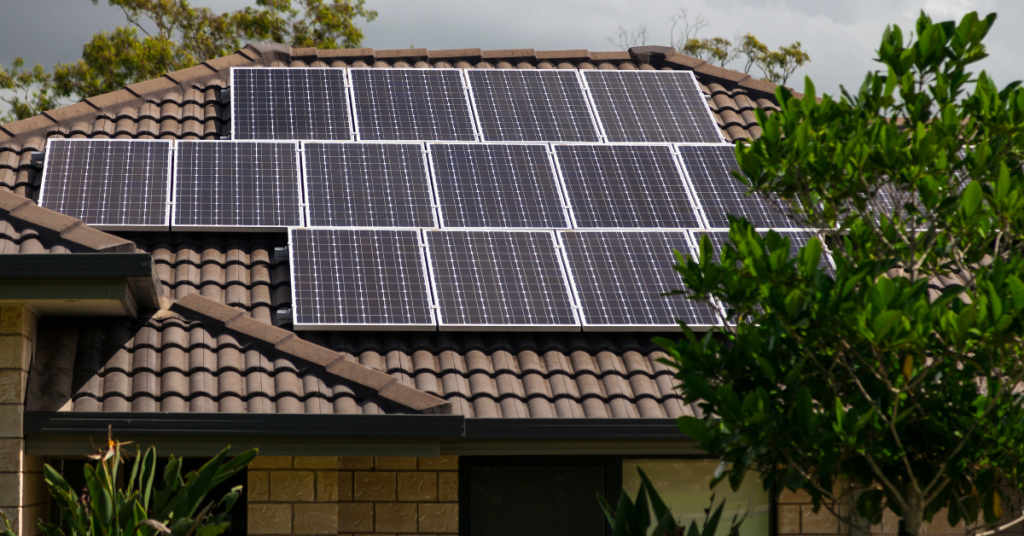With the growing concerns over climate change and rising electricity costs, many homeowners are considering solar panels as a way to reduce their carbon footprint and save money on their energy bills. But are solar panels worth the investment? We’ll explore the financial, environmental, and practical aspects of installing solar panels on your home. We’ll look at average household electricity consumption, the cost of electricity, solar panel prices, and other factors that can influence the overall value of a solar panel system.
Before diving into the specifics of solar panels, it’s essential to understand how much electricity the average household consumes. According to the U.S. Energy Information Administration (EIA), the average American household uses about 877 kilowatt-hours (kWh) per month, which translates to approximately 10,522 kWh per year. However, this figure can vary significantly depending on several factors, including:
Location: Homes in warmer climates may use more electricity for air conditioning, while those in colder regions might consume more for heating.
Size of the home: Larger homes typically require more electricity to power appliances, lighting, and heating/cooling systems.
Number of occupants: More people in a home generally mean higher electricity usage.
Energy efficiency: Homes with energy-efficient appliances, LED lighting, and good insulation will use less electricity.

Electricity costs can vary widely across the United States, depending on factors such as local utility rates, state regulations, and the availability of renewable energy sources. As of 2024, the national average cost of residential electricity is around $0.14 per kWh. However, this average hides significant regional differences:
California: $0.20 per kWh
Texas: $0.12 per kWh
New York: $0.18 per kWh
Florida: $0.13 per kWh
These differences can have a substantial impact on the potential savings from installing solar panels. In states with higher electricity costs, the financial benefits of solar panels are generally greater.
The cost of installing solar panels has decreased significantly over the past decade. As of 2024, the average cost of a residential solar panel system in the United States is about $2.75 per watt. For a typical 6 kW (6,000 watts) system, the total cost would be approximately $16,500 before any incentives or rebates.
Several federal, state, and local incentives can help offset the cost of installing solar panels. The most significant of these is the federal Investment Tax Credit (ITC), which allows homeowners to deduct 30% of the cost of installing a solar energy system from their federal taxes. For a $16,500 system, this would amount to a savings of $4,950, bringing the net cost down to $11,550.
Additionally, many states offer their own incentives, such as tax credits, rebates, and performance-based incentives. For example:
California: Offers the California Solar Initiative (CSI), which provides cash rebates for solar installations.
New York: Provides the NY-Sun Incentive Program, offering substantial rebates for residential solar systems.
Massachusetts: Has the SMART Program, which pays homeowners for the electricity their solar panels produce.
These incentives can significantly reduce the upfront cost of a solar panel system and improve the overall return on investment.

One of the key factors in determining whether solar panels are worth it is the payback period, which is the time it takes for the savings on your electricity bills to equal the initial investment cost. To calculate the payback period, you need to consider several factors:
Total cost of the solar panel system: After incentives and rebates.
Annual electricity savings: Based on your current electricity usage and rates.
Potential increases in electricity rates: Over time, which can enhance savings.
Let’s assume you install a 6 kW system for a net cost of $11,550 after incentives. If your household uses 10,522 kWh per year and your electricity rate is $0.14 per kWh, your annual electricity cost is approximately $1,473.08. If your solar panels generate enough electricity to cover 100% of your usage, your annual savings would also be $1,473.08.
To find the payback period, divide the net cost of the system by the annual savings:
Payback period = $11,550/$1,473.08 ≈ 7.8 years
After the payback period, the savings on your electricity bills become pure financial benefit. Given that solar panels typically have a lifespan of 25-30 years, you could enjoy 17-22 years of free electricity after the initial investment is recouped.
Several factors can influence the efficiency and effectiveness of solar panels, including:
Location and Climate: Solar panels are more effective in areas with high solar irradiance (sunlight exposure). For instance, homes in sunny states like California, Arizona, and Nevada will typically generate more electricity than those in cloudier regions.
Roof Orientation and Angle: South-facing roofs with a tilt angle equal to the latitude of the location are ideal for maximizing solar energy production. However, east- or west-facing roofs can still be effective, albeit with slightly reduced efficiency. You can also get tilting solar panels and change the angle. For instance, PointZero Energy offers Solar Panel Tilt Mounts to help you achieve the perfect angle for your specific location, enhancing overall efficiency.
Shading: Trees, buildings, or other obstructions that cast shadows on your roof can significantly reduce the amount of sunlight your solar panels receive, thereby decreasing their efficiency.
System Size and Quality: Higher quality panels and larger systems can generate more electricity. However, the most expensive or largest system isn’t always the best choice; it’s crucial to match the system size to your energy needs and budget.
Solar panels are relatively low-maintenance. They have no moving parts and typically require only occasional cleaning to remove dirt and debris that could obstruct sunlight. Most solar panels come with warranties that guarantee their performance for 20-25 years, though they can often continue producing electricity for much longer. PointZero Energy offers a 5-year materials and workmanship warranty and a 25-year output warranty on all their solar panels, providing peace of mind and ensuring long-term reliability and performance.
Inverters, which convert the direct current (DC) electricity produced by the panels into the alternating current (AC) used in homes, may need to be replaced once during the system’s lifespan. Inverters typically have warranties of 10-15 years.
While solar panels offer many benefits, there are some potential challenges and considerations to keep in mind:
Initial Cost: Even with incentives, the upfront cost of a solar panel system can be substantial. Financing options, such as solar loans or leases, can help spread the cost over time but may affect the overall savings.
Home Suitability: Not all homes are suitable for solar panels. Factors such as roof condition, orientation, shading, and local regulations can impact the feasibility and efficiency of a solar installation. In these instances, a portable solar system may be better. PointZero Energy offers portable solar panel kits that will allow you more options for placement, ensuring you can still harness solar power even if your home’s roof is not ideal for a fixed installation.
Electricity Usage Patterns: Solar panels produce electricity during the day, which may not align with your household’s peak energy usage times. While net metering programs allow you to sell excess electricity back to the grid, not all utilities offer this, and policies can vary by state.
Property Value: Installing solar panels can increase your home’s value, but this benefit can vary based on location, market conditions, and the buyer’s perception of solar technology.
To illustrate the potential benefits and challenges of installing solar panels, let’s consider a hypothetical case study of a homeowner in California.
Homeowner Profile:
Location: Los Angeles, CA
Home Size: 2,500 square feet
Annual Electricity Consumption: 12,000 kWh
Local Electricity Rate: $0.20 per kWh
Solar System Size: 7 kW
System Cost: $19,250 ($2.75 per watt)
Federal ITC Savings: $5,775 (30% of system cost)
Net System Cost: $13,475
Annual Savings:
Pre-Solar Electricity Cost: $2,400 (12,000 kWh x $0.20 per kWh)
Expected Solar Production: 12,000 kWh (100% of annual consumption)
Annual Savings: $2,400
Payback Period:
Payback period = $13,475/$2,400 ≈ 5.6 years
In this example, the homeowner would recoup their investment in approximately 5.6 years, after which they would enjoy substantial savings on their electricity bills for the remaining lifespan of the system.

The decision to install solar panels is ultimately a personal one, influenced by various financial, environmental, and practical factors. Here are some key takeaways to consider:
Financial Savings: In many cases, solar panels can provide significant long-term savings on electricity bills, especially in areas with high electricity rates and favorable solar conditions. The payback period can vary, but most homeowners can expect to see a return on their investment within 5-10 years, followed by decades of reduced or even eliminated electricity costs.
Environmental Impact: Solar panels offer substantial environmental benefits by reducing greenhouse gas emissions and reliance on fossil fuels. For eco-conscious homeowners, the opportunity to contribute to a cleaner, more sustainable energy future can be a compelling reason to go solar.
Incentives and Rebates: Numerous incentives and rebates are available at the federal, state, and local levels, which can significantly reduce the upfront cost of installing a solar panel system. Staying informed about these programs and taking advantage of them can enhance the financial viability of solar panels.
Home Suitability: Not every home is a good candidate for solar panels. Factors such as roof orientation, shading, local climate, and structural condition of the roof must be considered. Conducting a thorough assessment and consulting with a reputable solar installer can help determine if your home is suitable for solar energy.
Maintenance and Longevity: Solar panels require minimal maintenance and are designed to last 25-30 years or more. While inverters may need replacement during this period, the overall maintenance costs are relatively low compared to other home improvement projects.
Electricity Usage Patterns: Solar panels generate electricity during daylight hours, which may not align perfectly with your household’s energy usage. However, net metering policies and advancements in energy storage solutions, such as home batteries, can help maximize the benefits of solar energy.
Property Value: Installing solar panels can increase the value of your home, particularly in areas where energy efficiency and green technology are highly valued. This added value can be an attractive feature for potential buyers if you decide to sell your home.
Solar panels can be a worthwhile investment for many homeowners, offering both financial and environmental rewards. However, it’s crucial to conduct a comprehensive analysis of your specific situation, including your home’s suitability, local electricity rates, available incentives, and long-term energy goals. Consulting with solar professionals and using online calculators can provide personalized insights and help you make an informed decision.
By carefully considering all factors and conducting due diligence, you can determine if solar panels are the right choice for you and take a significant step towards a more energy-efficient and environmentally friendly future.
